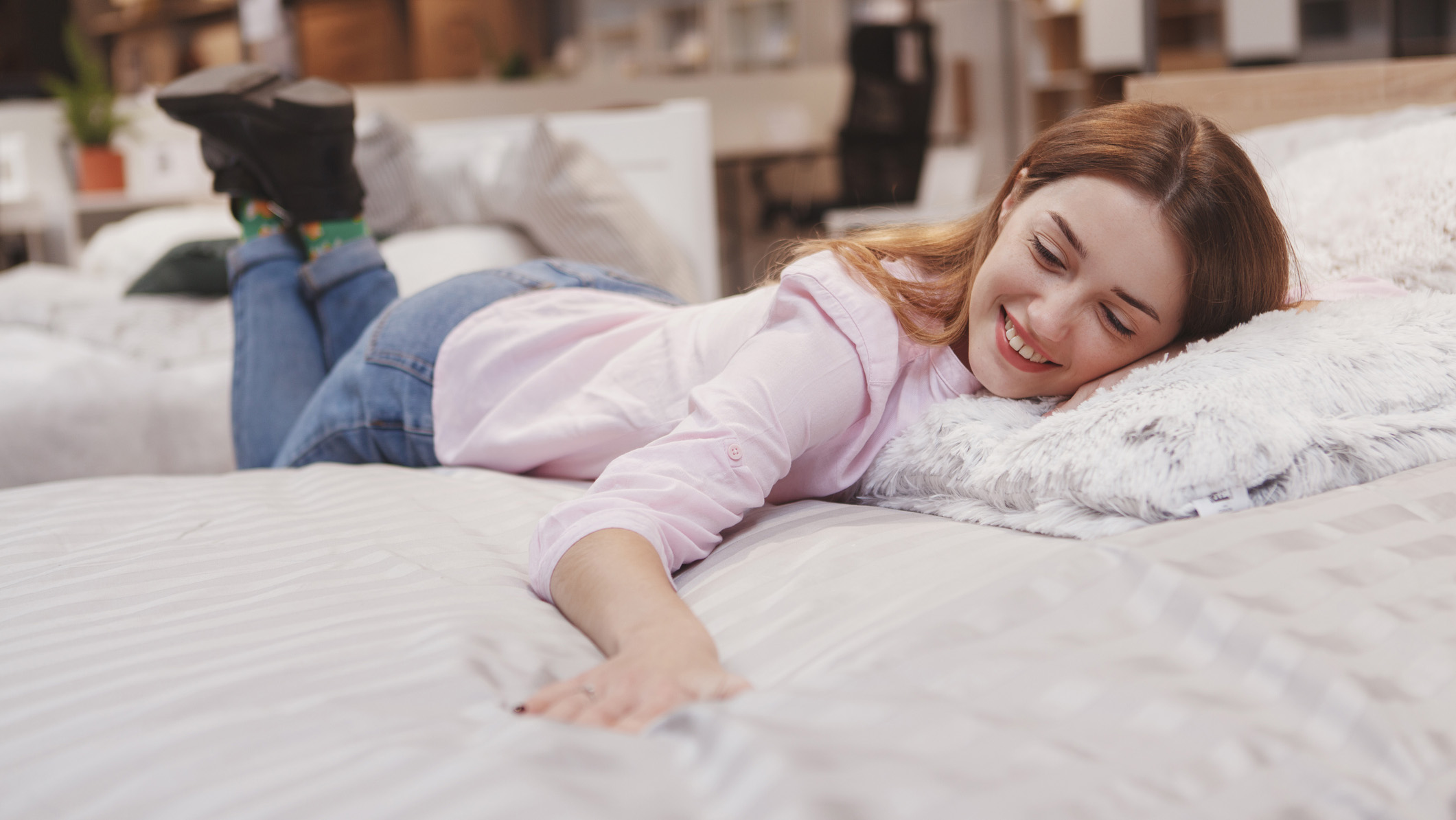
Learning how to choose a mattress for your sleeping position is worth the effort, as the ideal bed for a side sleeper feels very different to the ideal mattress for a back sleeper. Pick the wrong mattress for your sleep style and you'll be at risk of aches and pains and many a sleepless night. Pick the right one and you'll fall asleep faster and feel much more comfortable all night long.
We've tested a wide range of mattresses for our best mattress of 2025 guide, so we know which types of mattress (and which materials) suit specific sleeping positions.
Here we'll explain which type of mattress is ideal for side, back, front, and combi sleepers, what to look for and what to avoid. Plus, we've rounded up our top picks for different sleepers in this month's mattress sales.
What are the four major sleeping positions?
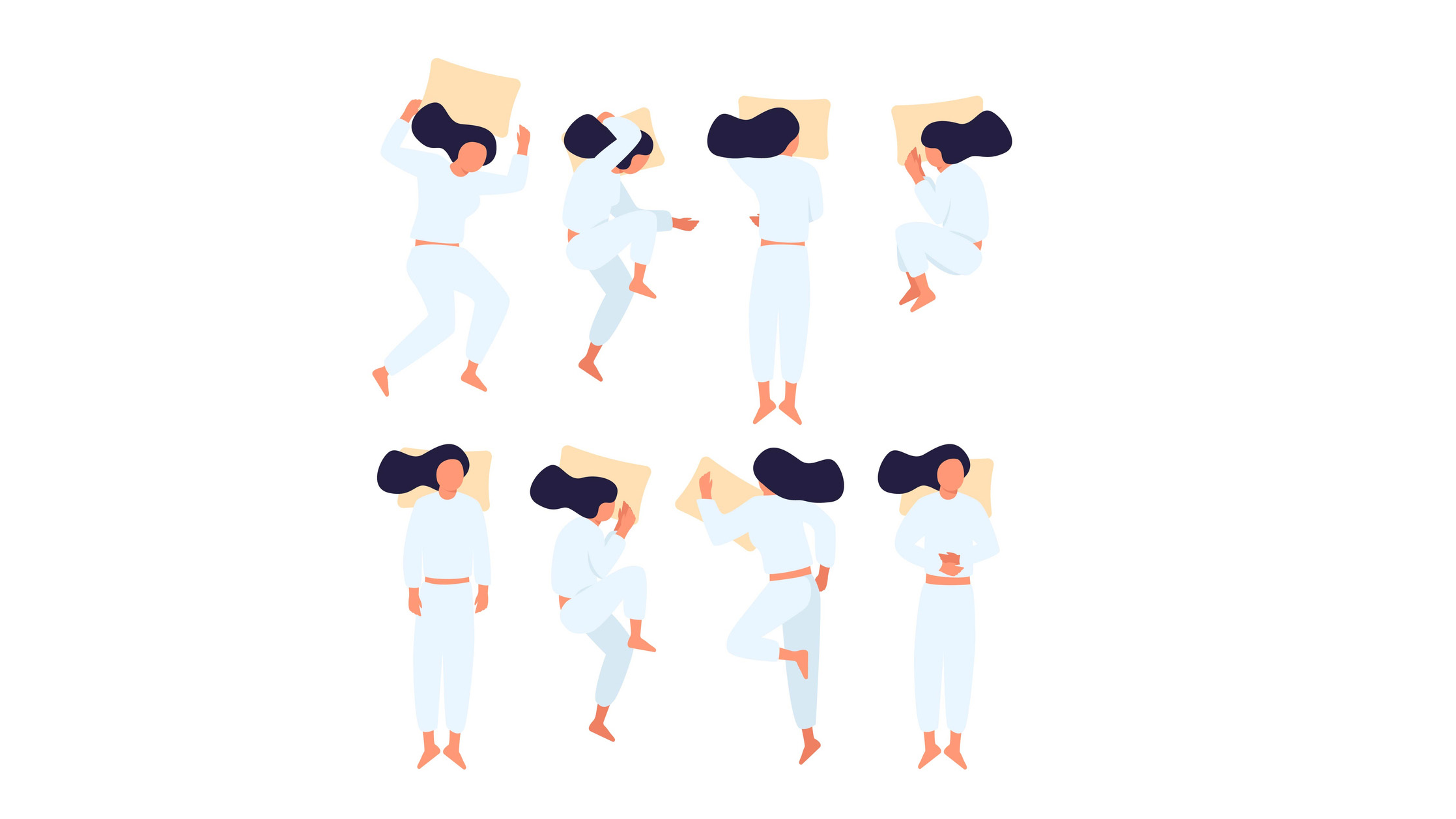
A sleeping position is the position your body assumes while asleep, but it can also refer to the body position you assume when trying to fall asleep, too. There are some sleeping positions that are better than others. Here are the four main positions:
Side sleeping position: If you sleep on your side, you are not alone. Side sleeping is the most common sleep position, 60% of Americans falling asleep on their side. The position involves lying on your left or right side, with your shoulders and hips pressing against the mattress.
Back sleeping position: Sleeping on your back is the second most common sleep position, with a third of us (37%) of us sleeping in this position at night. It's also considered the healthiest sleeping position as it keeps our backs in correct alignment.
Stomach sleeping position: Front, stomach, or belly sleeping is not only the least common sleep style, with only 7% of adults sleeping in the prone position, but it's also the worst position for back support.
Combination sleeping position: Of course, not everyone sticks to one position, with some sleepers changing position throughout the night. Combi sleepers, sometimes referred to as restless sleepers, can switch between two or even three positions while asleep.
How to choose a mattress for side sleepers
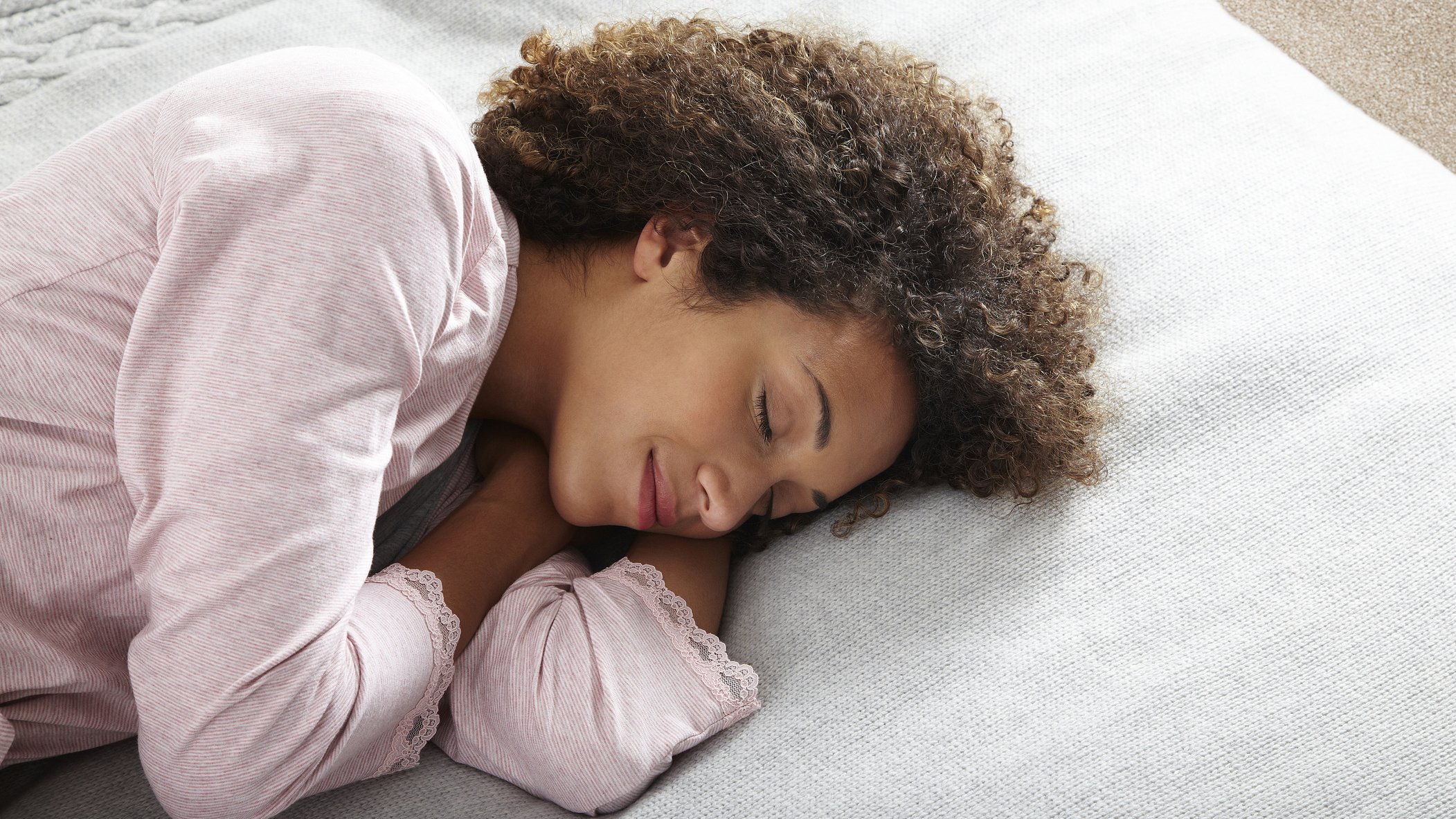
Shoulders, knees, and hips are the key pressure points when side sleeping, so they need the most relief. The best mattresses for side sleepers will offer cushioning pressure relief to these areas and soothe any joint pain.
What to look for and why
To find body-cradling comfort that will relieve side-sleeping pressure points, you'll need to choose a mattress that isn't too firm. A lot mattresses for side sleepers are medium to medium-firm, usually coming with a firmness rating somewhere between 5 and 7. However, some medium mattresses may be too soft for sleepers who weigh over 230lbs, so heavyweight side sleepers may want to opt for medium-firm (6-7) or the softer side of firm (7-8).
In terms of design, side sleepers should go for a mattress between 12 and 14 inches tall (though anything 10 inches and over will be supportive) as thicker mattresses tend to have more comfort layers. The best memory foam mattresses also tend to suit side sleepers as the body-hugging foam can cradle pressure points. However, there are plenty of beds in our best hybrid mattress guide that suit side sleepers, too. Our guide to memory foam mattresses vs hybrid for side sleeping can help you choose the material for you.
What to avoid and why
Side sleepers should avoid any mattress that's shorter than 10 inches tall, as thin beds won't have enough comfort layers to provide enough pressure relief. You'll also want to avoid firm mattresses as these are designed for stomach sleepers who need to keep their hips upright for correct spinal alignment.
While there are plenty of latex mattress that can provide enough cushioning comfort for side sleepers, be warned that latex isn't the best material for pressure relief, due to its natural buoyancy.
Our top 3 mattresses for side sleepers
How to choose a mattress for stomach sleepers
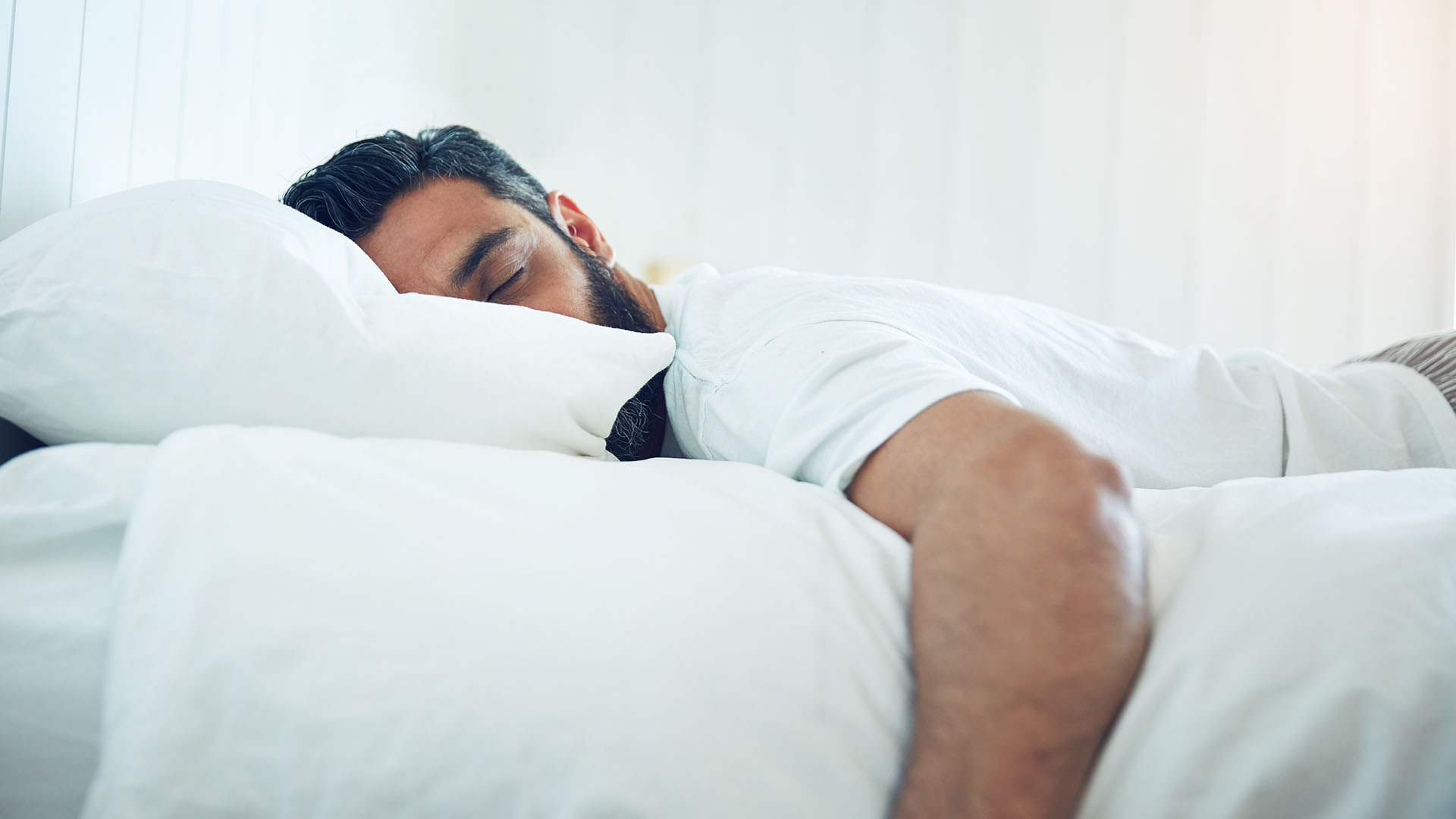
As belly sleeping doesn't encourage the correct spinal alignment, those who sleep on their stomach need something firm and supportive to correct their posture. Hips should be kept upright and therefore aligned with the spine, so you won't wake up with lower back pain.
What to look for and why
The best mattresses for stomach sleepers need to be firm enough to keep their hips upright and spine correctly aligned. Front sleepers should choose a mattress that's medium-firm (6-7) to firm (8-9), with heavier bodies weighing over 230lbs opting for something firm and lighter bodies (130lbs or less) opting for something more on the medium side of firm.
In terms of design and materials, hybrid, latex, and innerspring mattresses tend to be supportive enough for front sleepers, but you can find plenty of firm memory foam beds, too. And if you're wondering how thick your mattress should be, anything between 10 to 12 inches should be suitable.
What to avoid and why
Stomach sleepers should avoid anything plush and unsupportive. If a mattress is too soft, your hips will dip into the mattress's surface, causing the spine to become misaligned - which then leads to lower back pain.
Avoid anything with an ultra-plush, pillow-top surface, or any bed with a design that's less than 8 inches tall. While you shouldn't rule out memory foam mattresses altogether (there are a lot of memory foam mattresses with a firm surface), be aware that memory foam can be a bit too soft and squidgy for some stomach sleepers.
Our top 3 mattresses for stomach sleepers
How to choose a mattress for back sleepers
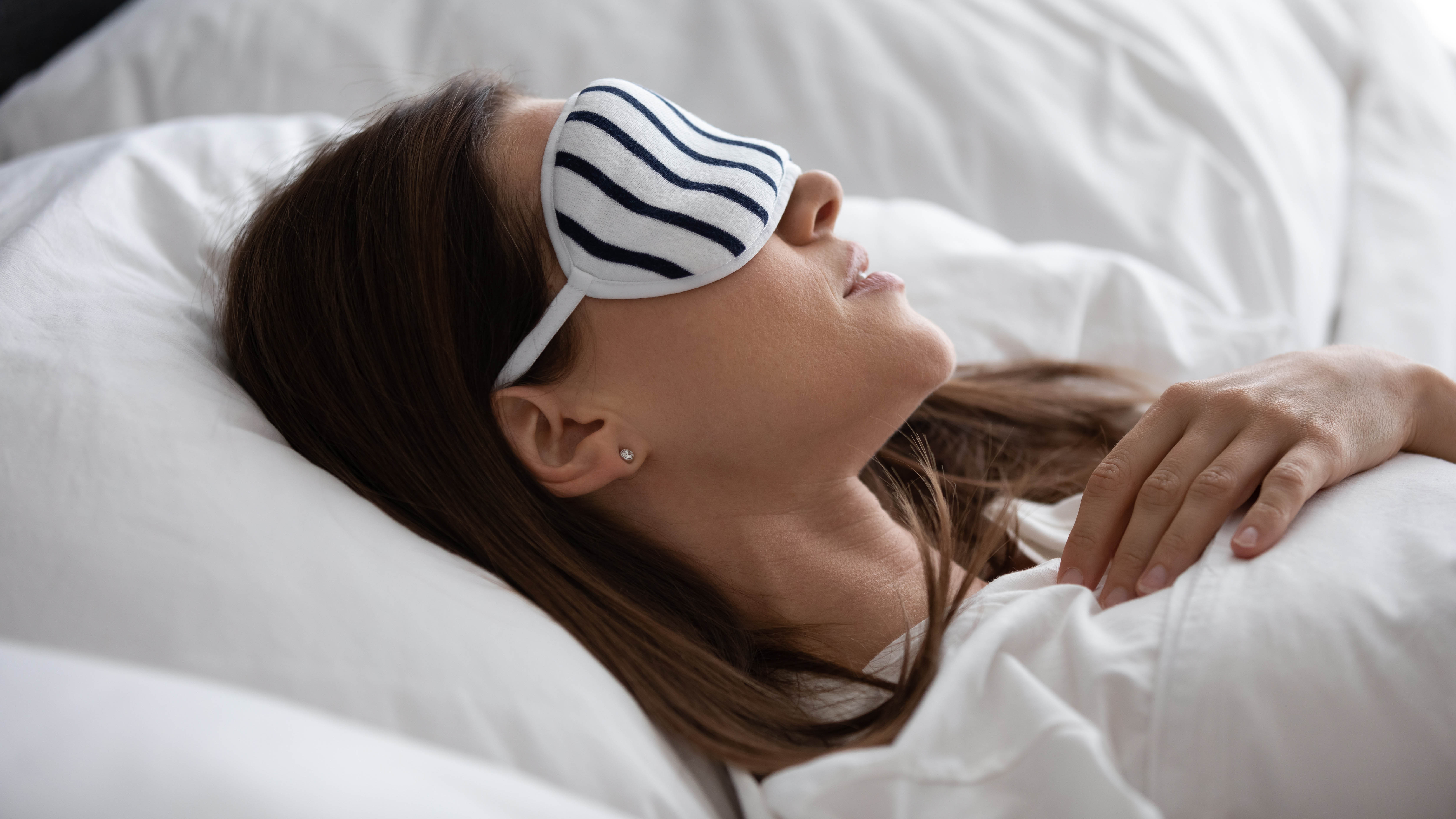
While stomach sleepers need something firm and supportive, and side sleepers need something plush and comforting, back sleepers need a good mixture of both. So, the ideal mattress for back sleepers will need to combine soft comfort layers with sturdy support layers.
What to look for and why
Back sleepers usually need something that's comfortable and firm enough to support their hips, so choose a medium-firm mattress if you sleep in the supine position. Hybrid mattresses made from memory foam or latex tend to be the best for back sleepers as they provide enough comfort and support layers for the lower back region.
Heavier back sleepers who weigh over 230lbs should go for something on the lower side of firm (7-8), which lightweight sleepers who weigh 130lbs or less should go for something plusher (6-6.5). In terms of height, anything 10 inches or over is suitable, but couples and plus-sized adults may need something thicker.
What to avoid and why
Back sleepers should stay away from anything too plush or too firm, so try to avoid any mattress with a firmness rating of below 6 or over 8. A hard mattress will feel too hard, while a medium-plush won't support your hips properly - which may lead to lower back pain.
Our top 3 mattresses for back sleepers
How to choose a mattress for combination sleepers?
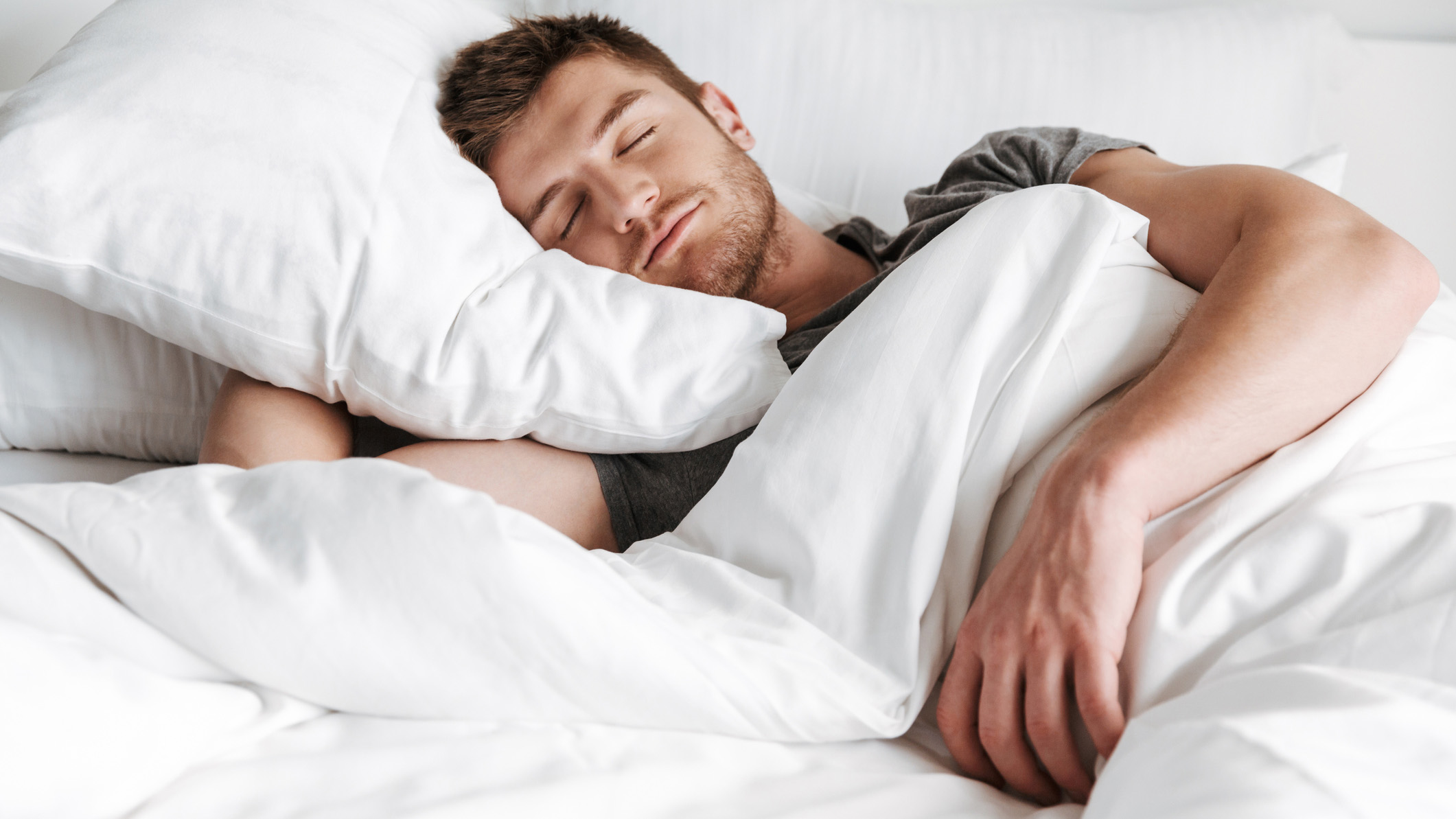
Shopping for a mattress as a combination sleeper can be tricky as you'll need a bed that suits two or three positions. However, if you have a dominant sleeping position, then it's best to let it be your guide. For example, if you mostly sleep on your side but also your front, then you may want to choose something that's medium-firm instead of medium. On the other hand, if you sleep on your back but mostly on your stomach, you may need something that's more firm than medium-firm.
What to look for and why
When in doubt, a medium-firm mattress should suit most sleep positions, and you can also choose a mattress based on your body type, too. For example, those who weigh over 230lbs are better off with a firm mattress no matter what position they sleep in,
In regard to material, you'll need a bed with a responsive, bouncy surface that will allow for ease of movement when changing positions. Latex, hybrid, and innerspring mattresses tend to have enough bounce for combi sleepers.
The only downside is that the bouncier the bed, the less motion isolation it will have - which can spell bad news if you share a bed with someone. So, if you're waking up your partner when changing sleep positions, it could be one of the signs you need a split king mattress.
What to avoid and why
Memory foam beds tend to be the worst for responsiveness due to their slow-moving foam, so combi sleepers should avoid anything with a sink-in soft feel.
You'll also want to avoid any mattress with a firmness rating that's incompatible with one of your sleep styles. For example, if you're a stomach and side sleeper, you should avoid anything too soft for stomach sleeping or too hard for side sleeping.







